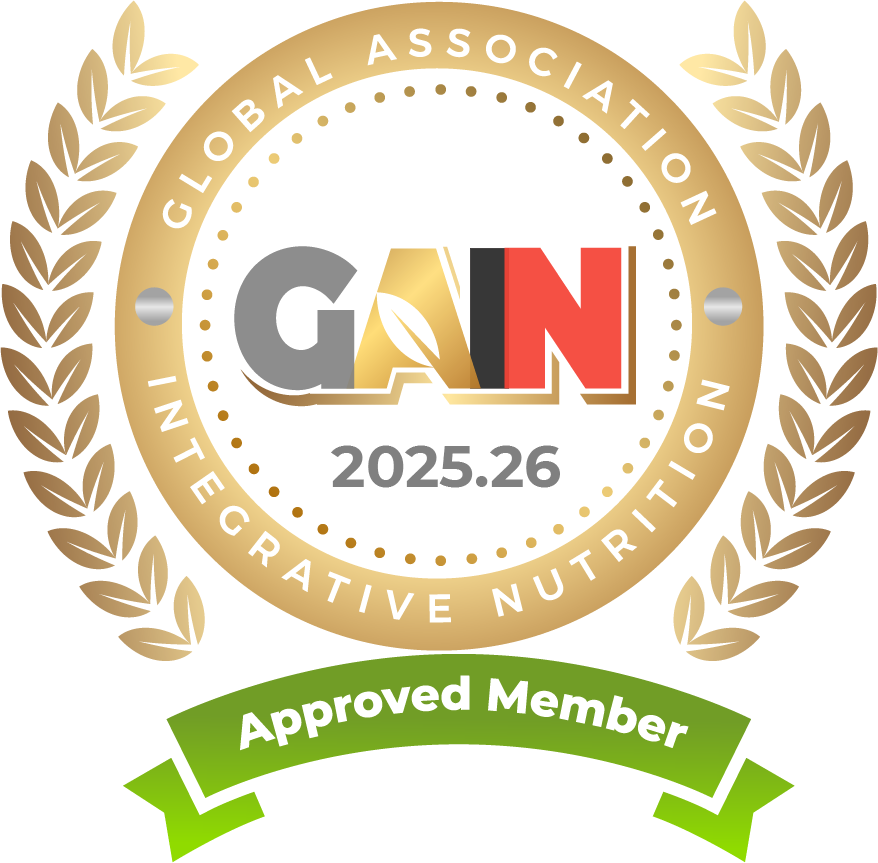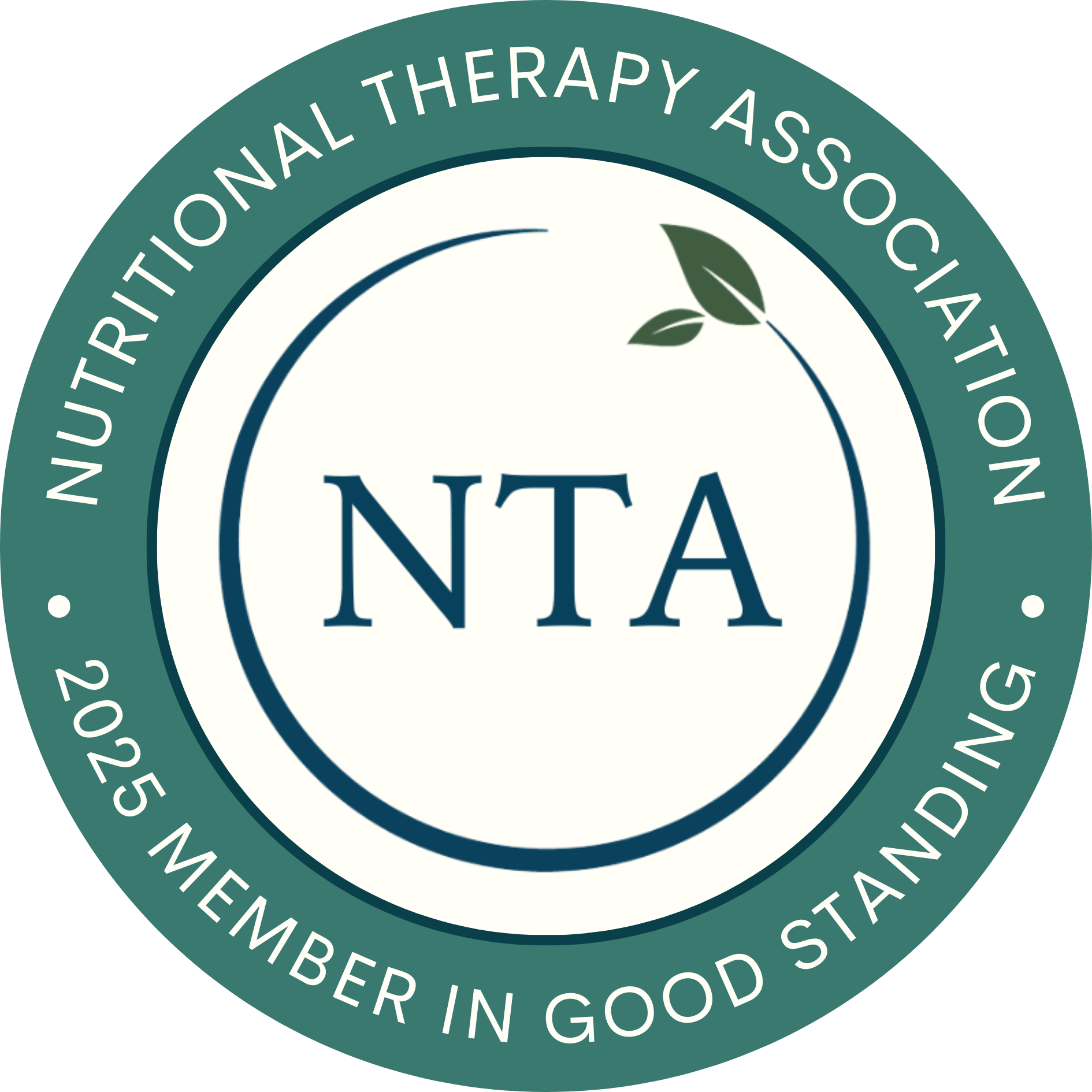Hydration Tip #2: Drink enough water

Foundation: Nutrient-dense diet – building blocks (hydration)
Please note that while these lifestyle tips are intended to support your hydration, please remember, holistic nutrition is not a substitute for medical advice or for your family physician or other appropriate healthcare provider. If you suffer from a medical or pathological condition, you need to consult with an appropriate healthcare provider. A Registered Holistic Nutrition Practitioner is not trained nor licensed to diagnose or treat pathological conditions, illnesses, injuries, or diseases or prescribe medications.
Every individual is different and your unique needs and bio-individually should always be honoured.
Please disregard, if they are not appropriate for you.
Oh, the famous “enough.”
What is “enough?”
It could almost lead to a philosophical conversation, couldn’t it?
I digress.
Let’s stay on point with what it means to drink “enough” water in order to optimize your hydration.
I remember growing up with the recommendation to drink 6-8 glasses of water a day.
I don’t know about you, but I always met this recommendation with a great deal of suspicion.
6-8 glasses - really?
I remember thinking, isn’t this a little over-generalized? How can such a vague recommendation suit everyone on the face of the earth?
And, also, what are these “glasses” – “glasses” aren't even a measurement.
And, who carries around glasses anyways?
As you can see, I never latched on to this idea myself and simply drank when I was thirsty and carried around a water bottle, ready for that moment.
I do enjoy drinking water, so it never was a real chore for me.
It was much much much later in my health journey that I came to realize the hidden value that hydration brings to the foundation of our health, and what I was missing.
Though I was following my intuitive cues for thirst, I still was experiencing lingering issues, and didn’t truly feel like my health was thriving.
So, what is “enough” water?
Here is a calculation that allows you to gauge your starting point:
Daily water intake in oz (ounces) = Your body weight in lbs ÷ 2
Let’s go through an example:
For someone who weighs 150 pounds, we take 150 ÷ 2, and the result is 75 ounces of water that should be consumed over the course of the day (plus more, if needed, and we’ll get into that below).
Now, I know I said that I don’t like to mix calculations and nutrition. However, what this calculation revealed to me, was how far off my thirst cues were, and how much I was undershooting my hydration as a result.
It also revealed to me that sometimes, when our body is out of balance, so too are our natural cues. This can include cues for hunger, thirst, food cravings, and sleep – these can all misfire in the face of imbalance. (1)
So, sometimes it’s a case of stepping back and re-assessing whether our natural cues are leading us in the right direction or a sign that something is awry.
This calculation helped re-shape my thinking and understand how I needed to re-package my hydration.
You also might be wondering why we need so much water – I had the same thought.
What we may not realize is how water intensive many functions in our bodies are, so let’s review.
In my post about Loving your digestion during the holidays, I shared that the digestive process alone requires 7 1/2 liters of fluid input in order to make enough saliva, stomach acid, bile, and other digestive juices to support the process.
Over and above this, our cells require water to make energy (during cellular respiration), to moisten and lubricate our joints and tissues, to provide a foundation for our blood and lymphatic system, not to mention our brain and nervous system, which are predominantly made up of water. Water also provides the body with a way to flush out toxins.
It’s worth being reminded that we are mostly water – 60% or more, argued to be even higher by molecular weight. (2)
So when our body starts to cry out for help (our cognitive function feels sluggish, our muscles and joints feel stiff, or our energy feels low) you can be assured that giving it back the foundation upon which it is larger comprised is a great start.
And, it is indeed only a starting point.
Drinking pure water alone without the addition of critical electrolytes that are appropriate for you, isn’t yet enough.
I will be diving into electrolytes in the next tip, so know that our quest in optimal hydration isn’t yet complete!
Account for daily habits & bio-individual needs:
As you know, attuning to bio-individual needs is a foundational aspect to my approach to nutrition and wellness.
We are all so different and while the calculation above offers us a ballpark and starting point, there are still areas where we need to dial in an amount that suits us as individuals.
Here are a few areas to keep you eye on that necessitate a greater intake of water (and electrolytes, which we’ll get into soon, as I say):
- Drinking diuretic beverages (coffee, tea, juices, pop, and alcohol). Add 1.5 extra ounces per 8 oz of diuretic beverage consumed
- Physically stress or intense training
- Cognitive or emotional stress
- Pregnancy and breastfeeding
- Some medical conditions and medications
- Some herbs and supplements
These are some areas for your awareness.
If you do have medical condition or take medications, herbs, or supplements, it is important that you understand how these impact your personal hydration needs, so be sure to ask your health care provider.
Our bodies are working so hard to protect us and help us maneuver through the challenges placed upon us.
When we provide it with the essential input it needs to help it do its job, it goes a long way!
A word about water bottles
Since we’ve already established that no one is carrying around glasses, I think that means a water bottle is the most practical route for drinking water on the go.
Here are a few, often overlooked aspects of water bottles to remember:
- Use glass or metal containers.
Plastic bottles are of course a no-no and I’m sorry to say that BPA-free containers aren’t considered a safe option either. I recently learned from the Anticancer Lifestyle Program, that “BPA-free” does not guarantee safety, and that in many cases, the BPA is replaced with something just as harmful and disruptive to endocrine (hormone) health, so returning to the basics is the way to go!
- Wash your water bottle container daily.
I know, it seems trivial to even mention this, but what I discovered (and in fact, fell victim to for a time myself) is that we often rationalize away the need to wash our water bottles daily (or any drinking vessel for that matter) simply because we are going to use it again soon.
And then what happens?
Weeks and weeks go by with repeated drinking from those vessels and the bacteria from our saliva builds up, and builds up, and builds up and subsequently bio-films (a protective matrix microorganisms use to adhere themselves to a surface) form which we end up ingesting. This simply brings unwanted microbes into our digestive system for our gut microbiome to contend with.
My husband once brought his coffee mug home from work and it was as stained as you could imagine.
“When’s the last time you washed that thing?”, I asked, to which he responded, “I don’t think I’ve ever washed it.”
Please - wash your water and drinking vessels daily!
- Choose a simple style of water bottle (without tubes, sipping and squeeze spouts)
Again, it seems so trivial to even go here, but unless it is truly necessary, please avoid buying water bottles that have a convoluted design with intricate elements.
Why?
For a similar reason mentioned above, intricate designs are a perfect breeding ground for bacteria to hide and take up camp in their little bio-film tents.
Even the most diligent washing efforts done daily can miss these hiding places, and again, a build- up of these microbes can happen over time.
Years ago, I once decided I should do a more thorough cleaning job on my daughter's sippy cup (complete with tubes, twist top, sippy spout, snaps lids and all the fun things that make our kiddos want to drink their water).
As I got deeper into my cleaning, I discovered a black sludge was lining the grooves within the twist top, the attachment points to the tubes and almost everything in between (that I had obviously missed in my daily washes).
Needless to say, I felt like a pretty terrible mother once I realized I was sending my kiddo off to daycare daily with a black sludge lined water bottle.
Please – keep your water bottle/drinking vessels simple!
So, with that, I will wrap up this tip and hope you have found it to be helpful.
Happy water drinking and see you in the next tip above the all important electrolytes!
“The devil is in the details.”
References & Further Reading:
- McKiernan F, Houchins JA, Mattes RD. Relationships between human thirst, hunger, drinking, and feeding. Physiol Behav. 2008 Aug 6;94(5):700-8. doi: 10.1016/j.physbeh.2008.04.007. Epub 2008 Apr 13. PMID: 18499200; PMCID: PMC2467458.
- U.S. Geological Survey (May 22, 2019). The Water in You: Water and the Human Body
- Anticancer Lifestyle Program (2024). BPA-free does not guarantee safety



